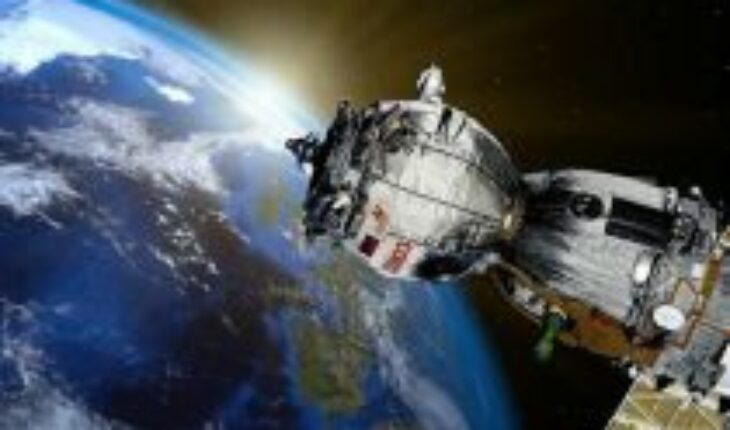At the beginning of the month, users of social networks reported through various videos how the Chilean skies lit up with something that fell, an object that many related to a meteorite. Quickly, doubts were cleared and it was clarified that it was space debris.
According to Professor José Maza, academic of the Department of Astronomy of the University of Chile and National Prize of Exact Sciences, “it is not dangerous for human beings, because rarely will something bigger enter. (For) the vast majority, 2,000 degrees Celsius is enough for aluminum to evaporate, virtually all metals evaporate before that,” according to the Casa de Bello.
The astronomer from the University of Chile adds that “this is a phenomenon that is going to be increasingly frequent, and now that there are many cell phones we are going to see more and more beautiful videos of objects entering the atmosphere.”
In fact, it details that so far “13,630 satellites have been launched into space, of which 6,600 are still operational and there are at least 2,250 that are no longer operational, and that constitutes space debris.”
Negative externality
On the other hand, the Master of Science mention Physics and disseminator of the National Astronomical Observatory of the University of Chile, Bernardita Ried, states that “this human waste is a negative externality, that is, something that occurs without avoiding its negative impacts, despite the fact that there are benefits, such as space exploration, scientific development and also technological development”.
“This has had an exponential growth that has not necessarily been accompanied by responsibility and an ecological perspective. In November 2022, the U.S. space surveillance network reported 25,857 objects orbiting the Earth, of which only 5,465 correspond to satellites that are actually operational because, once they finish their useful life, many times they simply stay orbiting on earth.
But it’s not just space junk, says Bernadette Ried. The also student of the Ph.D in Physics, mention Astrophysics of the University of Stanford, clarifies that there is also the “micro space debris”, which is generated from, for example, “the collision of two satellites”, which leaves small fragments of no more than 10 centimeters. “In fact, in 2019 it was estimated that space junk less than a centimeter long, there were more than 128 million particles orbiting the Earth.”
How it affects astronomical observations
In this way, the astronomer indicates that space debris has different origins. For example, “the same astronauts present on the International Space Station, when it comes to going out to fix the different components, suddenly have lost some of their tools, and that also contributes to space junk.”
Ried also assures that all these elements that orbit the planet also produce light pollution, which could affect astronomical observations that are made, for example, from northern Chile.
In this line, he believes that “depending on satellite internet could be harmful in the long term if it continues to increase (space debris), since, if there is an accident, a cascade effect could be caused, because if one satellite collides with another, many pieces are generated and these can collapse with others and if the environment is very overpopulated, this could obviously also affect communications and ultimately life here on Earth.”
To learn more about what is happening in the world of science and culture, join our community Cultívate, the Newsletter of El Mostrador on these topics. Sign up for free HERE
Follow us on





